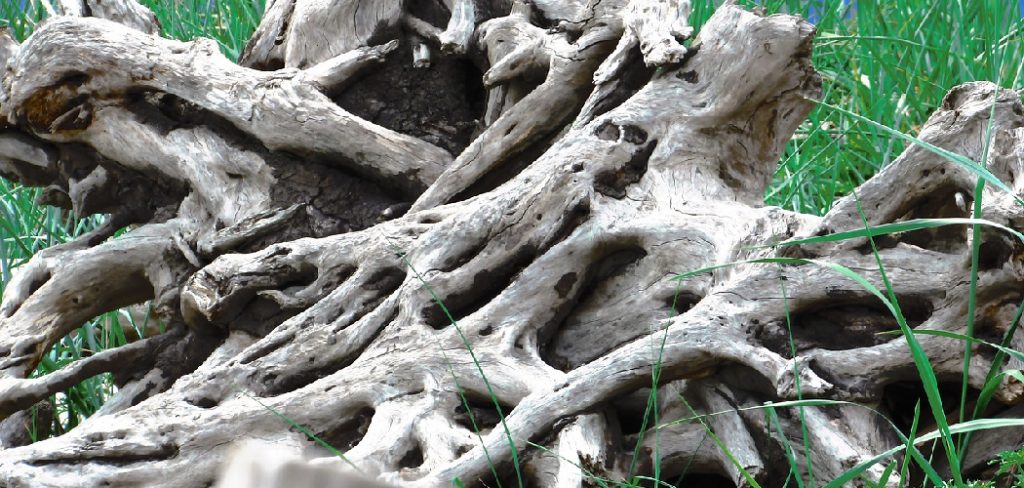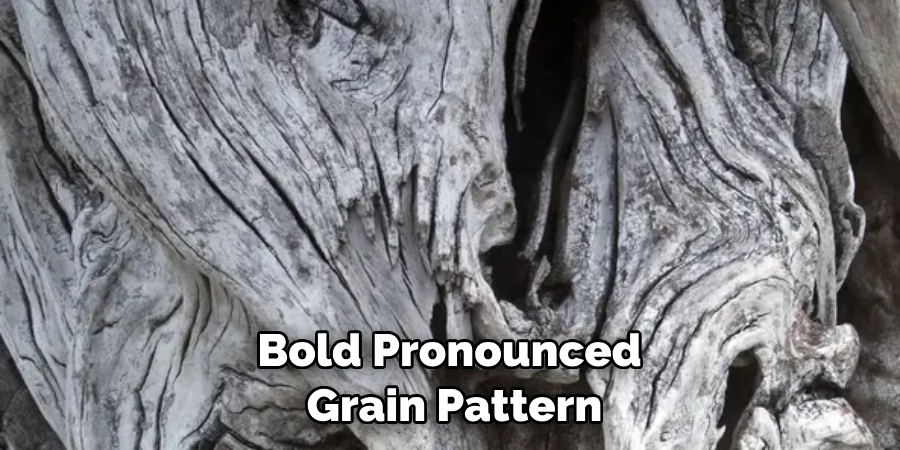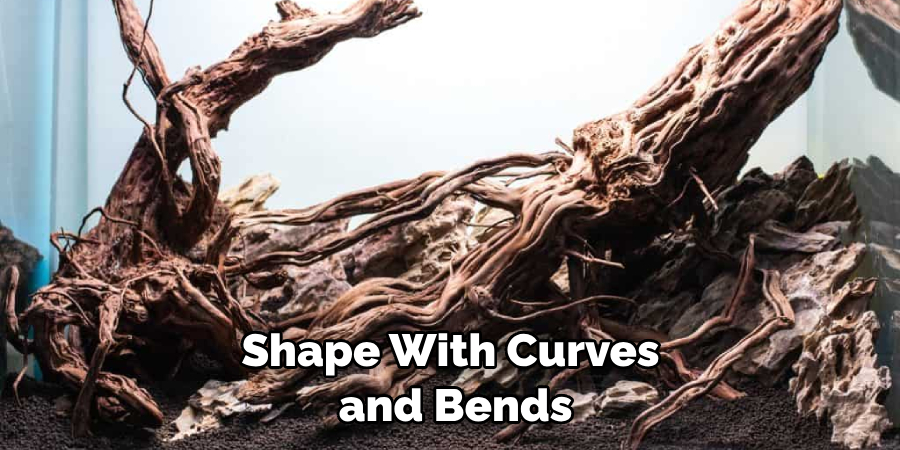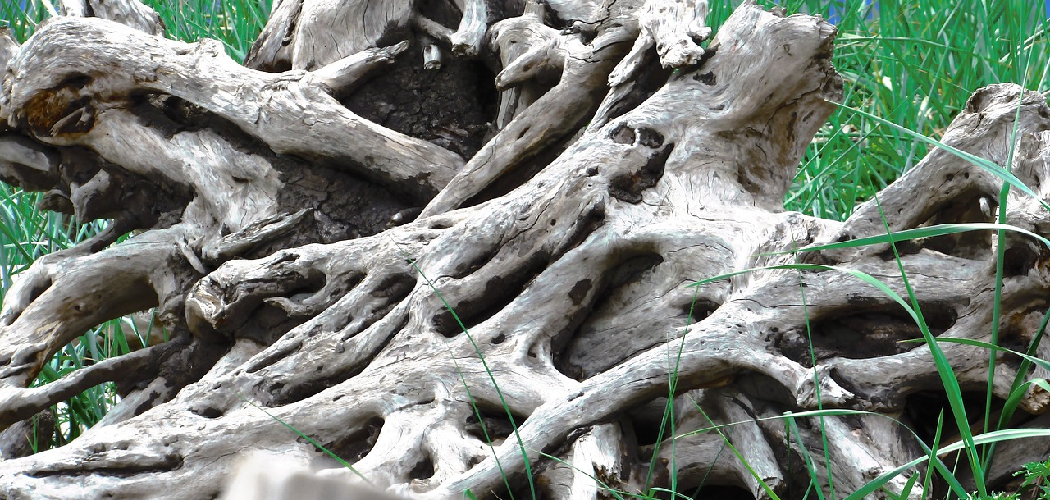Identifying driftwood can be an exciting and rewarding experience, whether you’re a beachcomber, an artist, or simply intrigued by the beauty of natural objects. Driftwood, as its name suggests, refers to pieces of wood that have been carried by currents and washed ashore.

These weathered and worn pieces of wood can come in various sizes, shapes, and textures, making them unique and visually captivating. In this article, we will explore how to identify driftwood.
From understanding its characteristics and distinguishing features to learning where to find it and how to assess its suitability for different purposes, we will provide valuable insights and practical tips. By developing a discerning eye, you can confidently identify driftwood and appreciate the rustic charm it brings to your coastal explorations or creative projects.
The Allure and Uniqueness of Driftwood
Driftwood is a unique and alluring material that can be used to create beautiful works of art or furniture. It has an organic, natural feel that can add character and uniqueness to any décor piece. In addition, driftwood is often quite inexpensive which makes it ideal for creating budget-friendly projects. Its rustic aesthetic also adds texture and dimension to a space that can’t be found with other materials like wood or metal.
But not all driftwood is created equal. It’s important to know how to properly identify good quality driftwood versus bad in order to ensure you’re getting the most out of your project. Here are some tips on identifying the best pieces of driftwood:
1. Look at the Grain and Texture. Good quality driftwood should have a bold, pronounced grain pattern that stands out even after years of exposure to the elements. It should also feel smooth and polished when touched.
2. Look for Signs of Rot or Decay. Pieces of driftwood can become waterlogged over time, leading to rot or decay which affects its structural integrity. Be sure to check for this before purchasing any piece of driftwood as it could result in an unusable material if not caught early on.

3. Check for Signs of Insect Damage. Insects are attracted to wood, so be sure to check pieces carefully for signs of infestation before using them in your project or incorporating them into your home’s décor scheme.
By taking the time to properly identify and select a good quality piece of driftwood, you can be sure that your project will turn out perfectly. With a bit of knowledge and patience, you can create something truly unique with driftwood that will last for years to come.
Importance of Correctly Identifying Driftwood for Various Purposes
Identifying driftwood correctly is important for various purposes. One of the primary uses of driftwood is in artistic endeavors. Driftwood can be used to create such items as furniture, sculptures, and wall hangings. Knowing what type of wood it is helps determine if a piece will be suitable for these projects.
For example, softwoods are generally not suitable for outdoor use because they do not withstand harsh elements very well, while hardwoods are more durable and long-lasting. That said, some people prefer softer woods for their art projects due to aesthetic value or other reasons.
In addition to artistic use, driftwood may also play an important role in environmental conservation. Knowing how to properly identify driftwood can help identify areas that are at risk of pollution or other damage. Driftwood is an important part of many ecosystems and can help provide refuge and food for creatures such as birds, fish, and even some mammals.
Identifying driftwood correctly can also help alert people to potential hazards in the environment, such as toxic chemicals that have been dumped into a waterway.

Identifying driftwood can also be useful for hunters and anglers who use the wood to create lures and attract fish and game. Knowing the type of wood being used helps determine if it will produce the desired results. For example, softwoods may not hold up well when exposed to water, while denser hardwoods are better suited for bait making purposes.
Definition of Driftwood
Driftwood is defined as wood that has been washed onto a shore or beach of a sea, lake, or river by the forces of nature. It can range in size from large logs to small twigs and leaves. Driftwood is often characterized by its weathered gray appearance due to being exposed to sun and salt water.
The origins of driftwood are unknown; it could be carried upstream from another body of water or could have broken off from an existing log in the area. Driftwood can provide habitats for various species of organisms, such as fish, birds, insects, and reptiles.
For this reason, many people enjoy collecting driftwood to create unique art pieces or use them as natural decorations for their homes.
Identifying driftwood is fairly simple and can be done by its color, texture, shape, and items that may still be attached.
Driftwood is often gray in color due to being weathered by the sun and salt water; however, it can also have a brown or green hue due to algae growth. The texture of driftwood is usually smooth but can be rough if large amounts of sand have stuck to it.
Driftwood typically has an irregular shape with curves and bends caused by the force of the waves crashing onto the shore. Items such as shells, seaweed, barnacles, or other marine life may still be attached to pieces of driftwood, which make them easier to identify. Additionally, driftwood often has signs of wear and tear from being in the water, such as cracks or holes, helping to distinguish it from other pieces of wood.

10 Ways How to Identify Driftwood
1. Explore the Origins:
To identify driftwood effectively, familiarize yourself with the types of wood native to your region. Research the dominant tree species found along water bodies, coastal areas, or riverbanks. Knowing the local flora will help you recognize the potential sources of the driftwood you encounter.
2. Analyze the Texture:
Carefully examine the texture of the driftwood. Observe the smoothness and surface erosion caused by the abrasive action of water, sand, and rocks. Note the presence of weathered indentations, grooves, or sculptural marks that add character and reveal the wood’s journey through time.
3. Study the Color Spectrum:
The coloration of driftwood offers valuable clues about its exposure to the elements. Observe a wide range of hues, including faded whites, pale grays, warm browns, and even deeper tones. Note any variations in color intensity, which can indicate different stages of weathering and sun bleaching.
Additionally, keep an eye out for any patches of bright orange or red. These could be signs of algae growth, which is another good indication that the piece of driftwood has been exposed to the elements.
4. Observe the Shape and Contours:
Driftwood exhibits intriguing shapes and contours resulting from its interactions with water, currents, and other objects. Look for gracefully curved forms, twisted branches, or complex knots. Appreciate the sculptural qualities that give each piece its unique character and visual appeal. Driftwood can be useful for building ornaments and structures, as well as for displaying in a variety of positions and arrangements.
5. Consider Weight and Density:
Comparing the weight and density of driftwood to regular wood can provide insights into its waterlogged state. Driftwood is often lighter due to the leaching of moisture and resins. Lift the wood and note its weight, keeping in mind that larger pieces may still be heavy despite being driftwood.
6. Detect Salt Deposits:
Exposure to saltwater leaves distinctive salt deposits on the surface of driftwood. Look for a powdery or crusty residue with a white or off-white color. These salt deposits serve as evidence of the wood’s encounter with ocean currents or tidal movements.
7. Evaluate Bark Absence or Remnants:
Driftwood generally lacks bark due to prolonged water exposure, but remnants may occasionally remain. Observe whether the wood has smooth, weathered surfaces devoid of bark or exhibits fragments of weathered bark clinging to its exterior. These remnants offer insights into the wood’s journey through water and sand.

8. Examine Surface Attachments:
Driftwood often becomes a haven for marine life, leading to the attachment of barnacles, shells, or seaweed. Carefully inspect the wood’s surface for signs of these marine organisms, which add visual interest and provide further evidence of the wood’s time spent in the water.
9. Appreciate Unique Grain Patterns:
The grain patterns found in driftwood can be fascinating and distinct. Observe the intricate swirls, waves, or lines in the wood’s surface, which reveal the natural growth patterns of the tree from which it originated. These unique grain patterns add to the charm and visual allure of the driftwood.
10. Compare with Local Flora and Fauna:
To gain deeper insights into the driftwood’s origin, compare its characteristics to the native flora and fauna in your area. Consider the types of wood commonly found in the region and how they interact with the coastal or river ecosystems. This comparative analysis will assist in narrowing down potential sources and unraveling the wood’s natural history.
Conclusion
With these helpful tips, you should be able to identify driftwood with ease! Take your time when looking for driftwood and make sure you look out for signs of bleaching, worn edges, and smooth surfaces. Not all pieces will look the same but it’s important to keep in mind that any wood that has been exposed to saltwater and the sun is likely driftwood.
If you are still feeling unsure about what you have found, take a few moments to research online or consult an expert if possible. Most importantly, have fun while you search for driftwood and use this newfound knowledge of how to identify driftwood as a tool on your beach exploration adventures!

